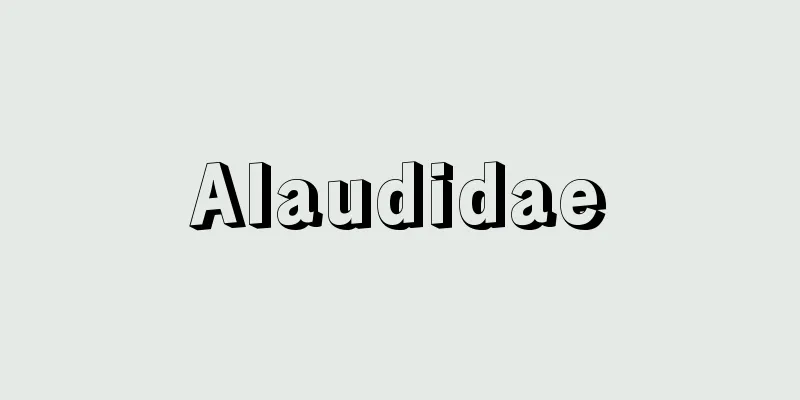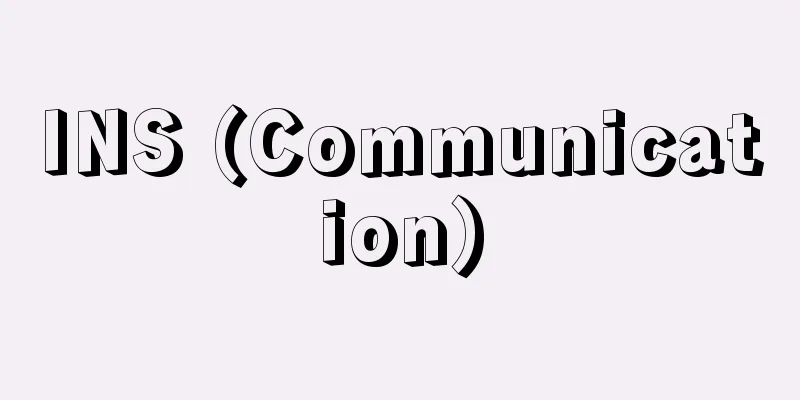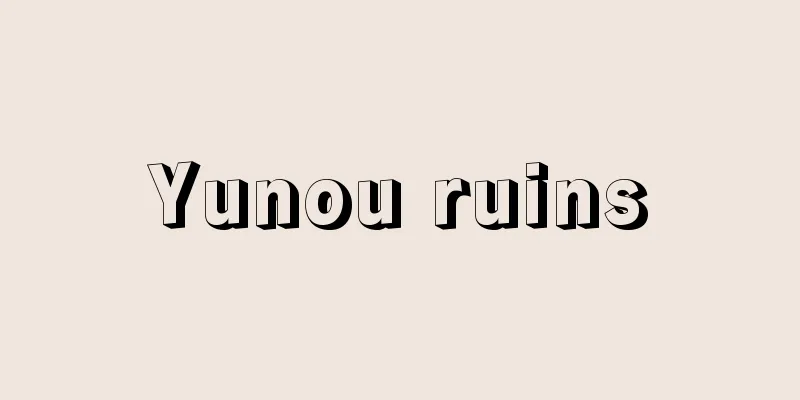Eight diseases - Hachibyo

〘Noun〙 ('Byō' means something abominable, a defect, etc.) ① = happei (eight diseases) ② Refers to the eight types of poetic diseases that were determined in Japanese poetry studies under the influence of ①, namely, doshin, ranshi, rancho, nagisa-ko, hanatachibana, rougi, chuto, and hanabi. They were established based on the seven diseases in the Utakyo Hyōshiki and the 28 diseases in the Bunkyōhifuron. They are explained in the Wakashiki (Magohimeshiki) and elsewhere. As it is an idea that imitates shibyō, many of them do not correspond to the actual expressions in waka, and later, except for doshinbyō, they were generally not taken into consideration. [Magohimeshiki (possibly after the 10th century)]Happei [eight diseases]Source: The Selected Edition of the Japanese Language Dictionary About the Selected Edition of the Japanese Language Dictionary Information |
〘名〙 (「病」は忌むべきこと、欠点などの意)① =はっぺい(八病)② ①の影響を受けて日本の歌学で定められた八種の歌病、すなわち、同心・乱思・欄蝶・渚鴻・花橘・老楓・中飽・後悔をさす。「歌経標式」の七病、「文鏡秘府論」の二八病などをもとにして設けられたもの。和歌式(孫姫式)その他に説かれている。詩病を模倣した考え方なので、和歌の表現の実際に即さないものが多く、のちには同心病以外概して顧みられなくなった。〔孫姫式(10C後か)〕
はっ‐ぺい【八病】出典 精選版 日本国語大辞典精選版 日本国語大辞典について 情報 |
Recommend
S/MIME - S/MIME
Abbreviation for Secure Multipurpose Internet Mail...
Onshirazu - Onshirazu
…Generally, it is treated without distinction fro...
Sliding door - Aoshi
〘Noun〙① = Ao (sliding door)③※Saidaiji Zaizairyukic...
DYNAMO
…ID, UD, HD, etc. are also used in Japan, and the...
ITV - Independent Television
The UK's largest commercial television station...
Yoshiwara is a popular boy - Yoshiwara is a popular boy
A collection of songs from the Edo period. It is a...
Dictyonema morrei (Nyl.) Henss.
A basidiomycete lichen of the Dictyonema family th...
Honkawa [village] - Honkawa
A village in Tosa County, central north of Kochi P...
Theatre Improvement Association
This organization was established as one of the o...
Ozu Castle
Hirayama Castle is located in Ozu, Ozu City, Ehime...
Ikarichochin - Ikarichochin
… As mentioned above, the living brachiopoda are ...
Urengoy Gas Field - Urengoy Gas Field (English name)
A gas field located in the northern part of the We...
International School
... refers to a school established by the governm...
laqab
...There are many cases where the title of a job ...
Ichinomiya [town] - Ichinomiya
A former town in Higashiyatsushiro County in centr...









